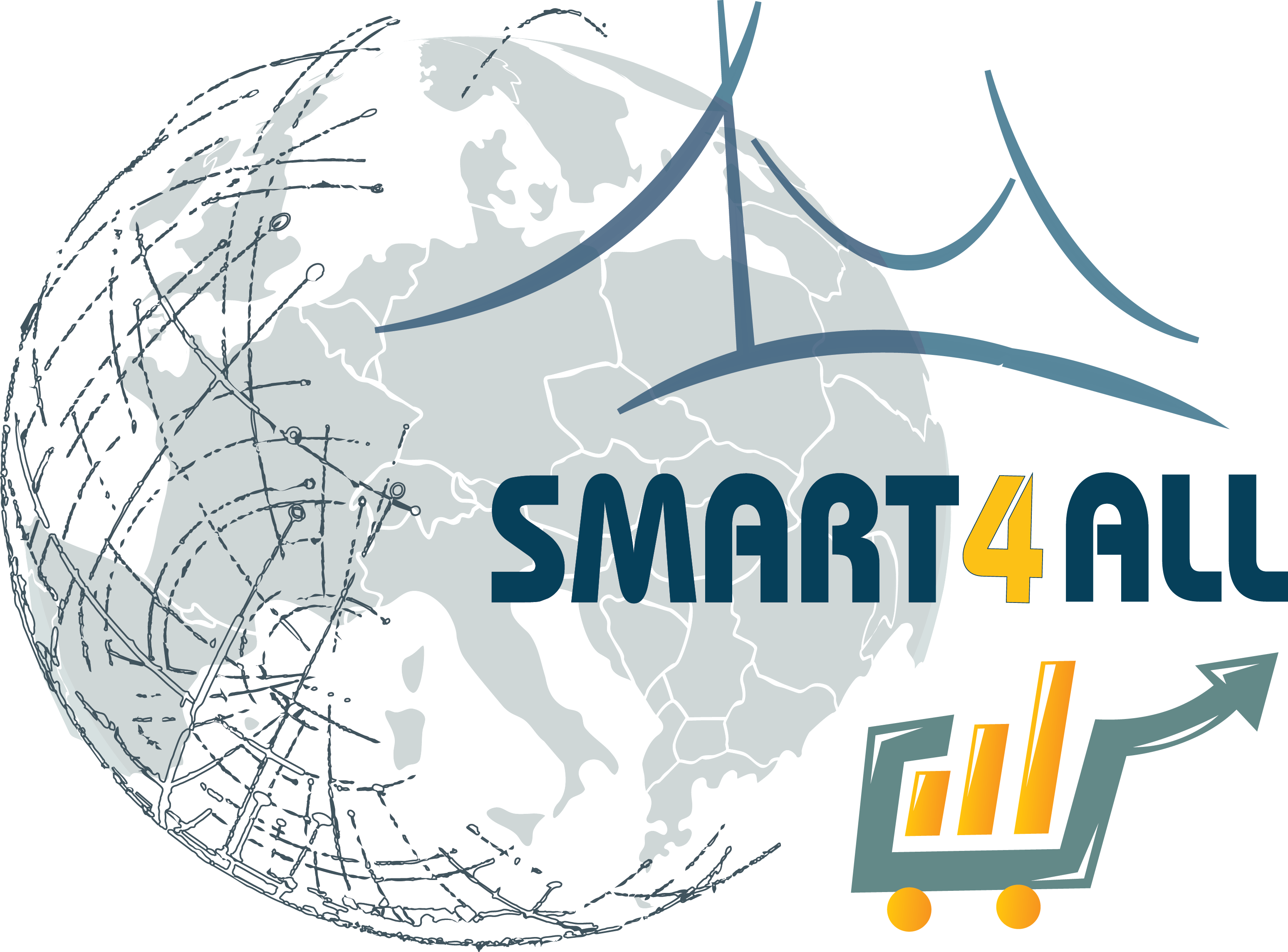RABNSSS
 Digitized Anything
Digitized Anything
Consortium: University of Prizren / Albanian Fastech
Funded by: KTE Round 3

The primary objective is to enhance the safety and efficiency of COVID-19 swab tests through robotic automation. By reducing direct contact between healthcare workers and patients, the system aims to lower the risk of virus transmission. Secondary objectives include validating the robot's precision and practicality through simulated environments and planned experimental endeavors such as human phantom experiments.
The project faced procurement challenges, delaying the acquisition of essential hardware components necessary for conducting real-world experiments. This led to a reliance on virtual simulations to progress the design and testing phases. Another challenge involves mimicking the intricate motions and sensory feedback of human operators to ensure the robotic system can perform swab tests with comparable precision and sensitivity.
The innovation centers around the use of the Dobot Magician Robot Arm, capable of mimicking human arm movements, wrist adjustments, and finger dexterity. This is coupled with sensory capabilities for visual and haptic feedback. The use of CoppeliaSim Edu for simulation allows for rigorous testing of the robot in a virtual environment, incorporating Python scripting for sophisticated model interactions. This preparatory step is crucial for refining the robot's functionality before deployment in medical settings
The RABNSSS is positioned to serve a broad market within the healthcare industry, particularly in sectors where COVID-19 testing is critical. Potential applications extend beyond traditional healthcare settings into areas requiring high-volume, efficient testing capabilities such as airports, schools, corporate environments, and mass gathering locations like concerts or sports events.



